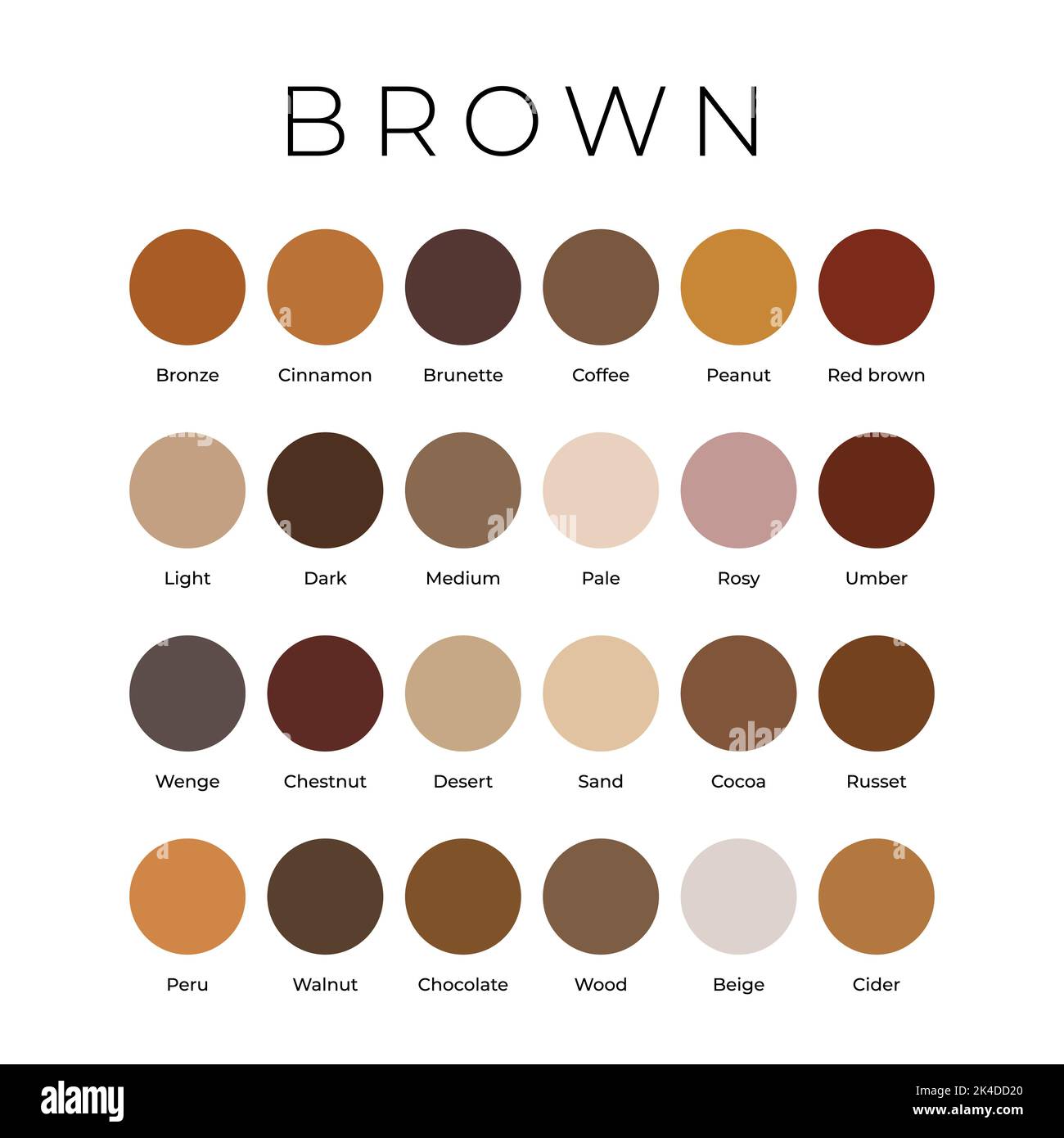Food Preservation: Complete Guide to Methods and Benefits
Understanding food preservation fundamentals
Food preservation encompass a wide range of techniques design to extend the usable life of food products while maintain their nutritional value, flavor, and safety. These methods work by control or eliminate factors that cause food spoilage, include bacteria, yeasts, molds, and enzymatic reactions that lead to deterioration.
The science behind food preservation involve understand how microorganisms grow and multiply in different environments. By manipulate temperature, moisture, pH levels, and oxygen exposure, preservation methods create conditions that inhibit spoilage organisms while maintain food quality.
Primary functions of food preservation
Extend shelf life
The well-nigh recognize benefit of food preservation is extended shelf life. Fresh produce, meat, and dairy products course deteriorate within days or weeks without intervention. Preservation techniques can extend usability from months to years, depend on the method use.
Canning, for example, can preserve fruits and vegetables for two to five years when store decently. Freeze maintain food quality for several months, while dehydration can preserve foods for years when store in appropriate conditions.
Prevent foodborne illness
Food preservation play a crucial role in prevent foodborne illnesses by eliminate or control pathogenic microorganisms. Heat processing, such as pasteurization and sterilization, destroy harmful bacteria like salmonella, e. Coli, and listeria that can cause serious health complications.
Acidification through fermentation or add vinegar create an environment hostile to many dangerous pathogens while promote beneficial bacteria growth. This dual action not solely preserve food but enhance its safety profile.
Maintain nutritional value
Modern preservation techniques are design to retain maximum nutritional content. Flash freeze vegetables instantly after harvest can preserve more vitamins and minerals than fresh produce that travel long distances and sit on shelves for extended periods.
Fermentation really increases certain nutrients, create beneficial compounds like probiotics, vitamin k2, and enhance b vitamins. Dehydration concentrate nutrients, make dry fruits and vegetables nutrient dense options.
Economic benefits of food preservation
Reduce food waste
Food preservation importantly reduces waste by allow consumers to store food retentive without spoilage. Thistranslatese to substantial economic savings for households and businesses. Preserve foods enable bulk purchasing during sales or harvest seasons, reduce overall food costs.
Commercial food preservation allow retailers to stock products with longer shelf lives, reduce inventory losses and enable more efficient distribution systems. This efficiency oftentimes translates to lower consumer prices.
Create economic opportunities
The food preservation industry create numerous economic opportunities, from large scale commercial operations to small artisanal businesses. Home base enterprises produce jams, pickles, and other preserve goods contribute to local economies.
Seasonal businesses can extend their revenue streams by preserve peak season products for year round sales. Farmers can add value to their crops through preservation, increase profit margins importantly.
Environmental impact and sustainability
Reduce carbon footprint
Food preservation reduce environmental impact by decrease the need for frequent transportation of fresh goods. Preserve foods can be shipped less oftentimes and store for longer periods, reduce fuel consumption and emissions associate with food distribution.
Local food preservation enable communities to reduce dependence on distant food sources, support regional food systems and reduce transportation relate environmental costs.
Support sustainable agriculture
Preservation techniques allow farmers to process surplus crops that might differently go to waste, support more sustainable agricultural practices. This capability encourage diverse crop production and helps maintain agricultural biodiversity.
Seasonal preservation aligns with natural grow cycles, reduce the need for energy intensive greenhouse production or import out of season produce from distant locations.
Modern preservation technologies
Advanced thermal processing
Modern thermal processing techniques include high pressure processing, microwave assist thermal sterilization, and ohmic heating. These methods achieve effective preservation while minimize nutrient loss and maintain better texture and flavor compare to traditional heat processing.
Aseptic processing allow for separate sterilization of food and packaging materials, result in products with extended shelf life without refrigeration while maintain fresh like quality.
Non-thermal preservation methods
Emerge non-thermal preservation technologies include high pressure processing, pulse electric fields, and ultraviolet light treatment. These methods achieve microbial reduction without the heat damage associate with traditional thermal processing.
Modified atmosphere packaging create optimal gas compositions around food products, extend shelf life while maintain quality. This technology is peculiarly effective for fresh cut produce and prepared foods.
Traditional preservation methods
Fermentation benefits
Fermentation represent one of humanity’s oldest preservation methods, create beneficial bacterial cultures that protect food from harmful microorganisms. This process produce unique flavors while enhance digestibility and nutritional value.
Ferment foods support digestive health through probiotic bacteria, contribute to immune system function and overall wellness. The fermentation process to break down compounds that some people find difficult to digest, make foods more accessible.

Source: progressive charlestown.com
Dehydration and smoking
Dehydration remove moisture that microorganisms need to survive, create shelf stable products with concentrated flavors and nutrients. Modern dehydration equipment allow for precise control of temperature and humidity, optimize quality retention.
Smoking combine dehydration with antimicrobial compounds from wood smoke, create distinctive flavors while preserve food. Cold smoking and hot smoking offer different preservation levels and flavor profiles for various applications.
Quality control and safety standards
Regulatory compliance
Food preservation operations must comply with strict safety regulations design to protect public health. These standards cover everything from facility sanitation to processing temperatures and packaging requirements.
Hazard analysis and critical control points (hHACCP)systems identify potential safety risks in preservation processes and establish monitoring procedures to ensure consistent safety standards.
Quality assurance testing
Regular testing ensure preserve foods meet safety and quality standards throughout their shelf life. This includes microbiological testing, nutritional analysis, and sensory evaluation to maintain product consistency.
Accelerated shelf life testing help determine optimal storage conditions and expiration dates, ensure products maintain quality and safety throughout their intent lifespan.
Consumer benefits and convenience
Meal planning and preparation
Preserve foods enable better meal planning by provide reliable ingredients with extended storage life. This convenience reduce shopping frequency and allow for more efficient kitchen management.
Ready to eat preserve foods offer quick meal solutions for busy lifestyles while maintain nutritional value and food safety standards.
Emergency preparedness
Preserve foods form the backbone of emergency food supplies, provide nutrition during natural disasters or supply chain disruptions. Long term storage capabilities ensure food security during uncertain times.
Home preservation skills enable families to create their own emergency food supplies while control ingredients and quality accord to their preferences and dietary needs.
Future trends in food preservation
Smart packaging technologies
Intelligent packaging systems incorporate sensors that monitor food quality and safety in real time, provide consumers with accurate information about product freshness and safety.
Active packaging materials interact with food products to extend shelf life through control release of preservatives or absorption of spoilage compounds.
Sustainable preservation solutions
Research focus on develop preservation methods use renewable energy sources and biodegradable packaging materials. These innovations address environmental concerns while maintain food safety and quality standards.
Plant base natural preservatives offer alternatives to synthetic additives, appeal to consumers seek clean label products while provide effective preservation properties.
Food preservation continue to evolve to meet change consumer needs, environmental challenges, and technological capabilities. Understand these comprehensive benefits help consumers and businesses make informed decisions about food storage, safety, and sustainability practices that support both individual needs and broader community goals.



